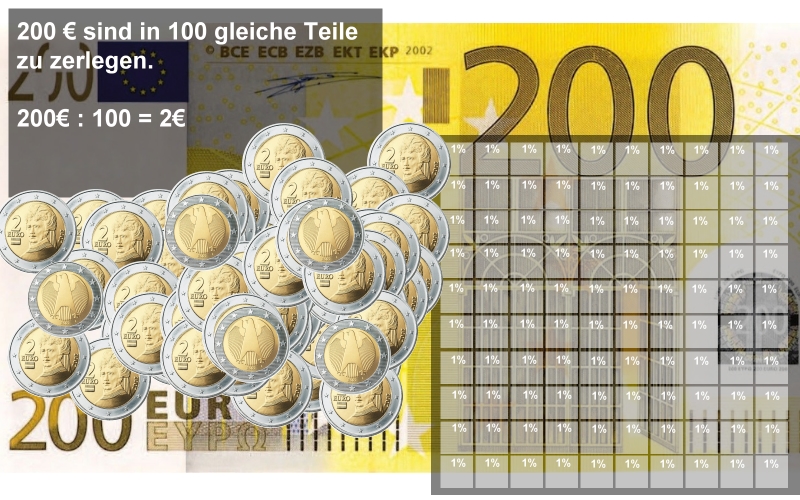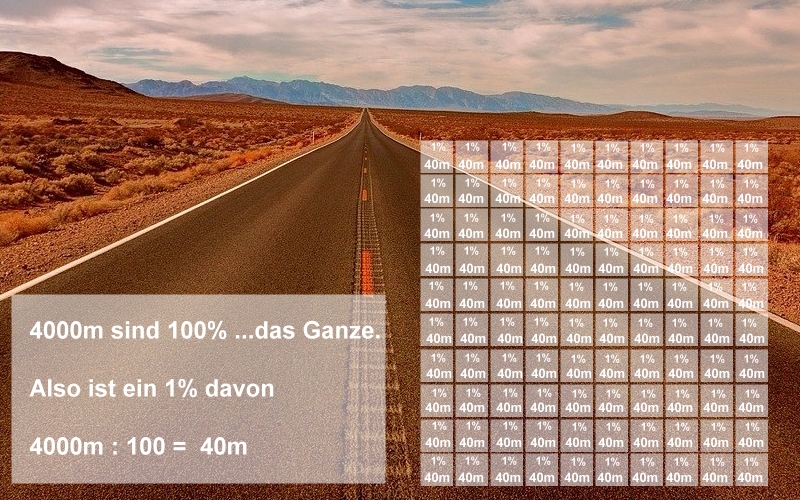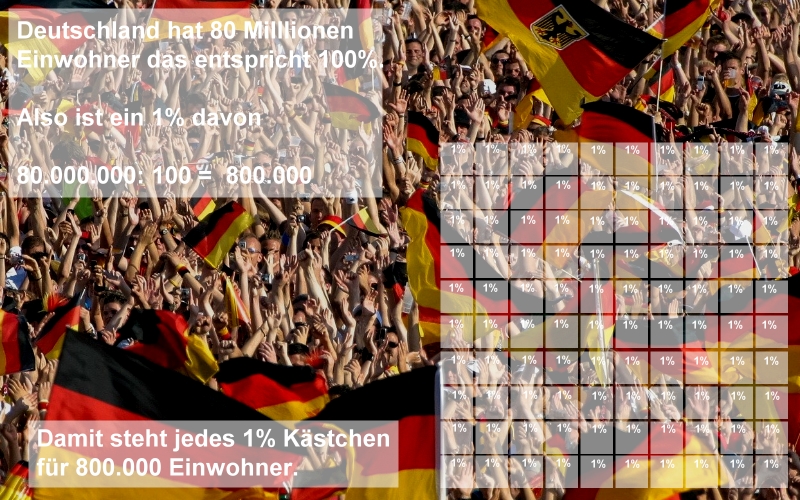Satz des Pythagoras
In einem rechtwinkligen Dreieck ist die Seite gegenüber dem rechten Winkel die längste Seite des Dreiecks.
Sie wird Hypotenuse genannt.
Die beiden kürzeren Seiten nennt man Katheten, sie sind die Schenkel des rechten Winkels.

Auch in den anderen Lagen bleibt diese Relation erhalten! Der rechte Winkel bestimmt die Funktion der Seiten!

Der griechische Mathematiker und Philosoph Pythagoras von Samos entdeckte einen fundamentalen Zusammenhang zwischen Hypothenuse und den Katheten. Bis heute ist dies eine der wichtigsten Erkenntnisse der Mathematik!
Wir im obigen Video zu sehen ist, füllen die beiden Quadrate der Katheten (a , b )
zusammen das Quadrat der Hypotenuse (c) .
Man schreibt:
a² + b ²= c²
Der berühmte Satz des Pythagoras!
Die Summe der Quadrate der Katheten ist gleich dem Quadrat der Hypotenuse!

Dieser Zusammenhang ermöglicht uns bei 2 bekannten Seiten
eines rechtwinkligen Dreiecks die Berechnung der 3. Seite!
Beweis des Satzes des Pythagoras!
Beispiel: Berechnung einer Hypotenuse!

Beispiel: Berechnung einer Kathete!

![]()













